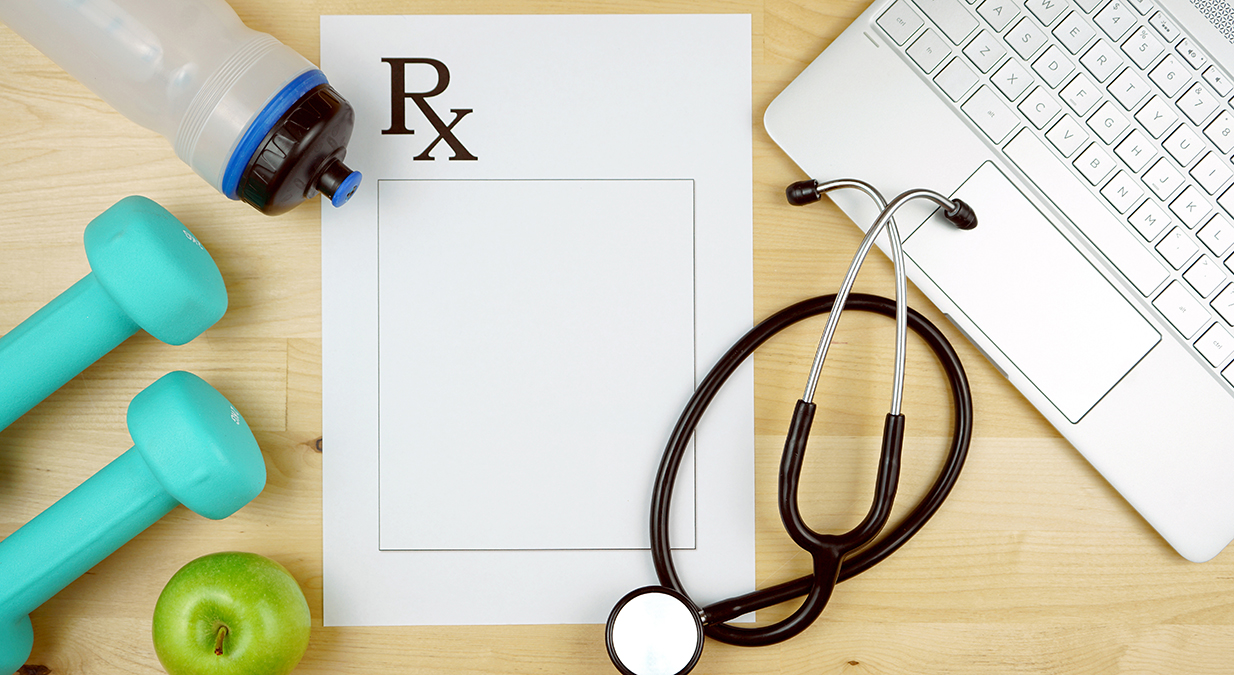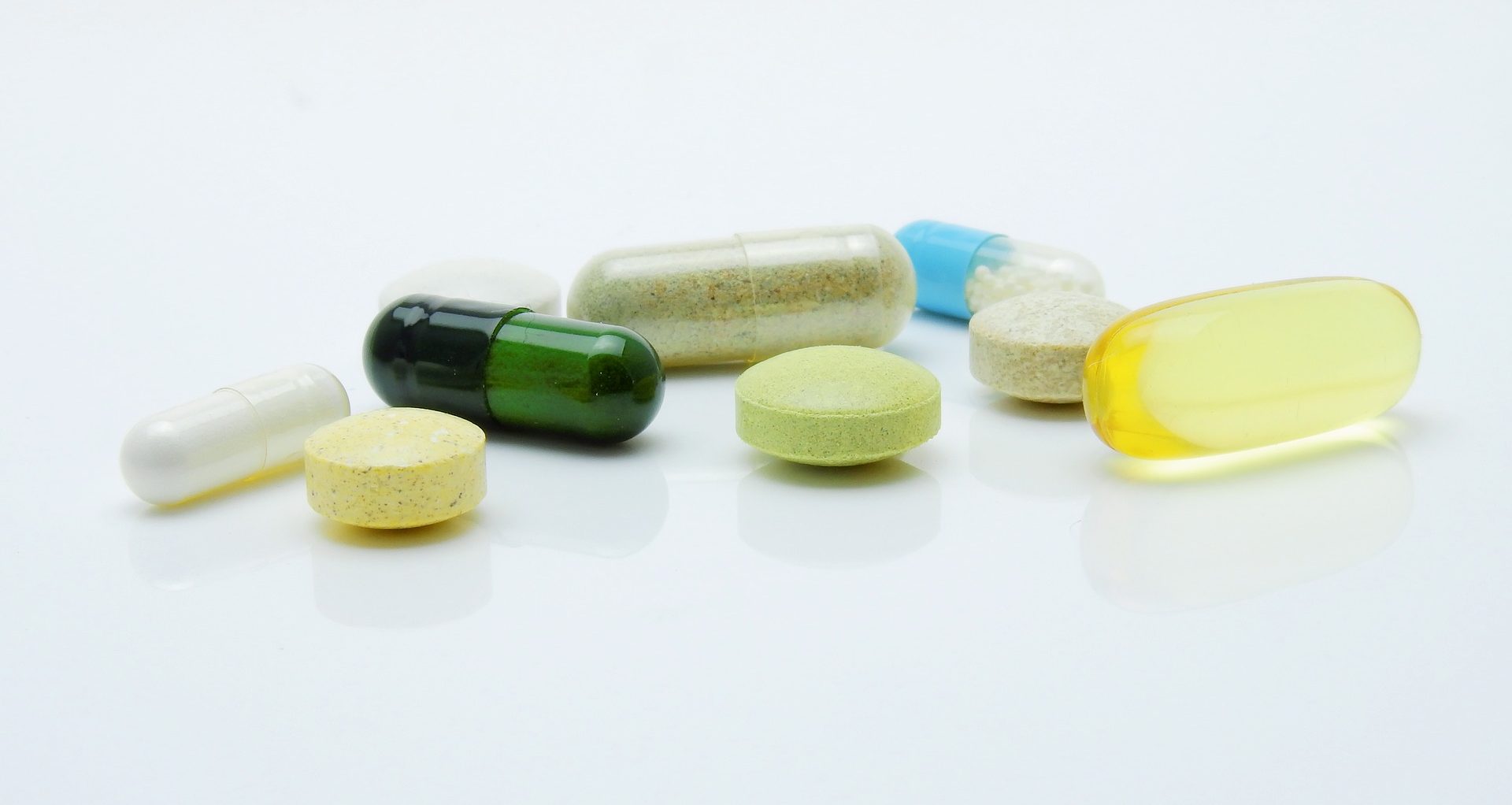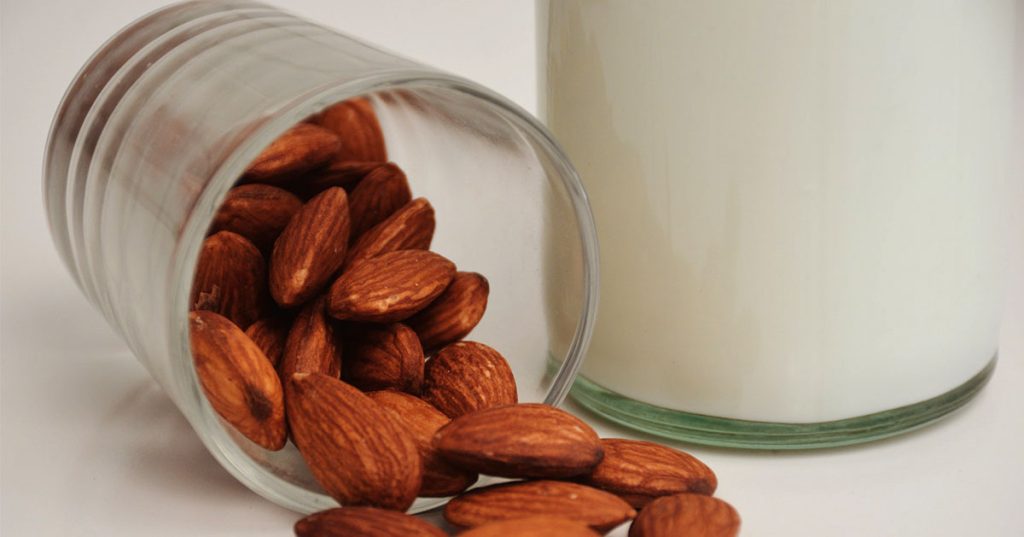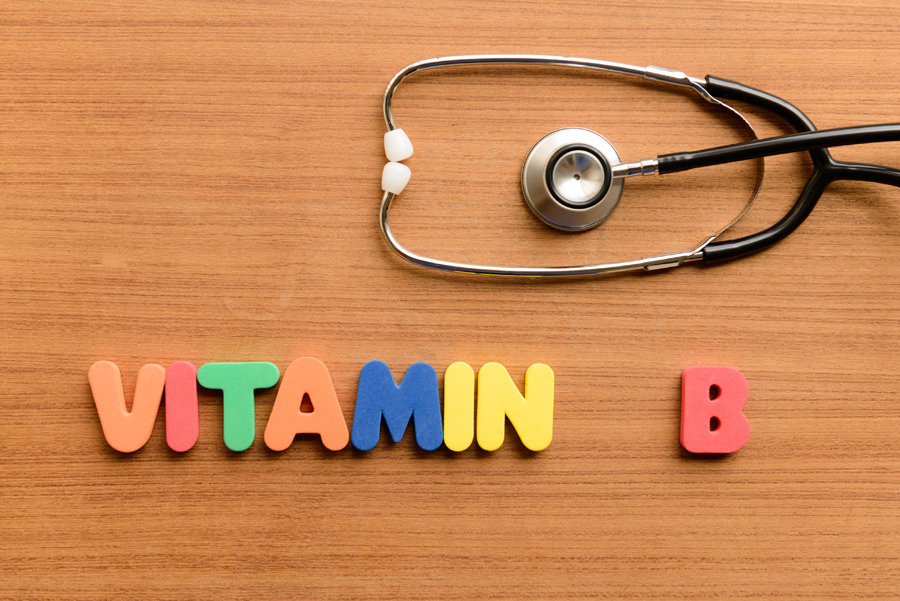Eating Healthy on a Budget
Do you have a hard time eating healthy because you’re on a tight budget? Use the following tips to eat healthy and save money…
Lost your password? Please enter your email address. You will receive a link to create a new password.

Do you have a hard time eating healthy because you’re on a tight budget? Use the following tips to eat healthy and save money…

Question from Sam, age 84: Hi Pat! Sam, here. I appreciate your ‘real people’ common sense approach to this aging thing. Your 7S Buckets resonated with me, and I would like to report that I am doing my darndest to keep them ALL full and robust.

How do we want to feel throughout our lifetime? Health and mobility are at the top of my list. For me it boils down to taking care of myself.

A recent issue of the Annals of Internal Medicine tried to put a nail in the coffin of nutritional supplements. “Unregulated, not safe, harmful, and no benefits” shouted the authors of the Letter to the Editor of the journal. Yet another attempt by physicians and the pharmaceutical industry to put a damper on the use and sale of vitamins and minerals.

It is no secret that we, as men, have failed miserably when it comes to our health. According to The Men’s Health Network (MHN), we die at higher rates than women from the following top 10 causes of death: heart disease, cancer, stroke, chronic obstructive pulmonary disease, accidents, pneumonia and influenza, diabetes, suicide, kidney disease, and chronic liver disease and cirrhosis. If you examine the list above closely, you will notice that most of them are preventable

At the May 2023 American College of Sports Medicine Annual Meeting (ACSM; acsm.org), more than 3,000 sports medicine professionals and researchers from around the globe gathered to share knowledge. Several sports nutrition presentations offered updates that might be of interest you. Here are summaries from a few of those presentations.

• Historically, sports teams would routinely have their body fat measured, with the data posted for all to see. Many athletes experienced intense pressure both internally and externally to have a lean physique. Often, the measurements were not even used to assess for extreme leanness and under-nutrition.
• Today, we know that athletic performance is not dictated primarily by an athlete’s percent body fat but rather by volume of training, mental state, adequacy of sleep, and sufficient food intake—among other factors.
• Today’s recommendations state measurement of body fat should only be done if 1) the athlete consents, 2) the measurement is done in private by a trained measurer using the most reliable method for that particular athlete, 3) the information is discussed in confidence with the athlete and health care team, and 4) the mental and physical health of the athlete is top priority.
• Athletes, please understand you will perform better if you focus on getting stronger and gaining power, as opposed to restricting food. If the cost of losing body fat is having to train for long periods of time with poorly fueled muscles, your performance will suffer and your risk of injuries will increase.
• About 95% of athletes enjoy ultra-processed foods (UPFs) such as instant oatmeal, boxed mac ‘n cheese, chips, etc.. The average American consumes about 60% of total calories from UPFs; they are readily available, easy to prepare, have a long shelf-life, and can save time.
• What do athletes need to know about UPFs? First, let’s define what they are: UPFs contain substances that are rarely used in home cooking—emulsifiers, thickeners, protein isolates, etc. You’ll find those substances in breakfast cereals, energy bars, fruit yogurts, commercially baked breads, and many grab-and-go foods that busy athletes commonly consume.
• UPFs also include sport drinks and protein powders. They are not only convenient, but also digest easily. During extended exercise, when athletes need quick and easy carbs, a gel, chomp, or sports drink can easily do the job. Energy bars can effortlessly get tucked into pockets. While a swig of maple syrup or a banana can be equally energizing, UPFs are generally easier to deal with.
• In the general population, UPFs are linked with obesity. The more UPFs consumed, the greater the risk for weight gain. In a carefully controlled study with menus matched for carbs, protein, fat, fiber, and palatability, the UPF-menu led to weight gain. The UPF-eaters consumed about 500 additional calories a day when compared to when they ate from the whole foods menu—and they gained about two pounds in two weeks. Yikes! Why did that happen? Are UPFs easier to overeat because they require less chewing? Can be eaten quickly? Are super-tasty so you want to keep eating more of them?
The answer is yet to be determined. Until such time, your better bet is to consume homemade foods whenever possible. The less packaging in your grocery cart, the better for your waistline (most likely) and if not, the better for the environment (less trash in landfills).
That said, balance & moderation pave a prudent path. There’s a time and a place for UPFs. If you have a low protein intake, grabbing a protein bar on the run can help you hit your 20-to-30-gram protein target for the meal. If you consume little red meat, an iron-enriched breakfast cereal like GrapeNuts can fill that gap. For traveling athletes, carrying bars, gels, and carb-based recovery drinks are “safe” (uncontaminated). Safety matters!
• Muscle is constantly being broken down into amino acids and then rebuilt into new muscle tissue. Resistance exercise, such as weightlifting, stimulates the synthesis of new muscle during the 24-hours post-exercise. Including ~0.15 grams high-quality protein per pound of body weight (0.3 g/kg) per meal maximizes muscle protein synthesis. That comes to about 20 grams protein for a 120-lb (54.5 kg) athlete and ~30 grams for a 180-lb (82 kg) athlete. Athletes can easily consume that amount in (chocolate) milk, eggs, or tofu.
• Protein’s food matrix, with all the bioactive compounds that accompany the amino acids in natural foods, has a positive influence on the muscle-building effectiveness of the amino acids. For example, eating a whole egg, not just the egg white, more effectively builds muscle tissue. Hence, your best bet is to choose protein rich foods in their natural state, such as nuts, yogurt, tuna, beans & rice, etc. Whole foods are preferable to the protein isolates in powders and bars.
• Including protein at each meal and snack also offers benefits. Many athletes eat too little protein at breakfast and lunch, then devour 2 to 3 chicken breasts at dinner. They’d be better off enjoying eggs along with oatmeal at breakfast, lentil soup with the lunchtime salad, and peanut butter with the banana for afternoon snack.
• Vegan athletes can indeed consume adequate protein if they are responsible. A vegan meal with just pasta and greens doesn’t do the job. How much protein from plants is enough? The goal is ~1 gram plant-protein/lb (2.1 g/kg) body weight per day. For a 120-lb (54.5 kg) athlete this comes to about 30 grams per meal plus 10 to 15 grams in each of two snacks.
The information on food labels tells the grams protein/serving, as does a quick google-search (protein in a 1/2 cup of hummus). Don’t be among the many athletes who comment “most Americans consume way too much protein” and make little effort to replace chicken with enough beans. A big dollop (1/2 c) of hummus with 8 grams of protein does not equate to the 35 grams of protein in a small (4 oz) chicken breast. Vegans, educate yourself!
Nancy Clark MS RD CSSD counsels both fitness exercisers and competitive athletes in the Boston-area (Newton; 617-795-1875). Her best-selling Sports Nutrition Guidebook is a popular resource, as is her online workshop. Visit NancyClarkRD.com for more info.

The American College of Sports (ACSM.org) is a professional organization for sport science researchers, exercise physiologists, dietitians, doctors, and athlete care-providers Each year, at ACSM’s Annual Meeting, more than 3,000 sports medicine professionals and scientists from around the globe gather to present their latest research. At this year’s meeting (May 30-June 2, 2023, Denver, Colorado), a lively 10 Questions / 10 Experts session hosted by Professionals in Nutrition for Exercise and Science (PINESNutrition.org, a global organization for sport nutritionists) addressed some current hot topics. Below is a summary of the key points that might be of interest.

Continuous Glucose Monitors
Continuous glucose monitors (CGM) can help athletes determine the best fueling tactics to maintain their blood glucose levels within an energizing range and ideally reduce needless bonking. This can be very helpful during endurance exercise such as long runs or cycling events. Unfortunately, CGMs have yet to be perfected for athletes. The monitors can easily get dislodged from the body and some studies show a >15% failure rate. The sport of cycling has banned CGMs during races, but many cyclists use them during training to learn how to “read” body signals.
Pre-sleep protein
While extra evening protein is unlikely to offer a winning edge, it also will not cause harm, nor will it convert into body fat. Research to date shows that pre-sleep protein simply allows another opportunity to meet daily protein goals. More research is needed to determine if consuming pre -sleep protein will help enhance muscle recovery, tissue repair, sleep, or performance.
Free amino acids and bioactive peptides
When compared to the protein in whole foods, free amino acids are slightly less effective for muscle protein synthesis. Consuming protein within its natural food matrix is best. Plus, free amino acids taste terrible (although they have improved over the years).
Bioactive peptides (2-3 amino acids linked together) are available to purchase but they lack research to validate any potential benefits. Why bother…?
Bicarbonate supplementation
With high-intensity sports, sodium bicarbonate might offer a 1% to 2% improvement in performance. The standard dose is 0.3 to 0.5 g/kg body weight; the higher the dose, the greater the increase in performance—as long as the athlete can tolerate it. Capsules that bypass the gut help resolve gastro-intestinal issues, and potentially sodium bicarbonate encapsulated in a gel may help even provide further protection from side effects. Another option that bypasses the gut is sodium bicarbonate in the form of a lotion. The athlete applies it 20 minutes before high intensity exercise. The lotion feels nice, but the specific dose that actually gets absorbed is unknown.
Lighter, leaner = Faster, better
While lighter and leaner “works” to a certain extent to enhance performance, the cost of being too light and too lean can take its toll. The less food an athlete consumes, the less protein, carbohydrate, fat, vitamins, and minerals the athlete consumes. This can hurt performance and recovery, while enhancing the risk of getting injured.
A study with elite race walkers reported no performance benefits (nor detriments) among the dieting athletes in a training camp who lost about 4.5 lbs (2 kg) the two weeks before a 10K race. The dieters and the non-dieting control group both carb-loaded in the 24-hours pre-race. They both performed similarly, with no significant benefit gained by having lost weight pre-race. Ideally, athletes should fuel well to support optimal performance, instead of diet to be lighter.
Carbohydrates
Despite popular belief, hungry athletes who consume a sports diet rich in quality carbohydrate do not “get fat” nor become diabetic. The advice to limit carbs might be appropriate for unfit people, but fit athletes preferentially metabolize carbs and convert them into a winning source of muscle fuel.
Iron supplements
Iron supplements are better absorbed at 6:00 a.m. than 11:00 a.m. Therefore, taking iron first thing on an empty stomach appears best. That said, iron is known to contribute to stomach upset, and some athletes cannot tolerate iron if taken without food. For them, the best time to take iron is either prior to, or 30 minutes after exercise, before the post-exercise elevation in hepcidin (a hormone that hinders iron absorption) triggers a negative effect. If an athlete takes an iron supplement two hours after a hard exercise session, the elevated hepcidin concentration can reduce iron absorption by about 36%.
Sustainable sports diets
To perform well, athletes need access to good food and clean water, both of which depend on a healthy biosphere. We all need to honor the global dietary guidelines that integrate the UN Sustainable Development Goals. To living a sustainable lifestyle means: eat adequate, but not excessive, protein; consume at least one-third of protein from plants, minimize food waste (for example, after team buffets, take home leftovers for the next day’s lunch), eat locally-grown foods (to reduce transportation emissions), and choose foods with minimal and bio-degradable packaging. (No Styrofoam!) Ann athlete does who advocates for a sustainable environment not need to be vegan but does want to be mindful about dietary choices.
Vegetarians
Do vegetarians have a reduced risk of chronic disease because they eat less red meat—or eat more plants? Uncertain. Plants are rich in phytochemicals (reduce inflammation), dietary nitrates (improve blood flow), and many other performance-enhancing nutrients. A vegetarian diet imparts no obvious benefits (nor detriments) for athletic performance. Meat-eaters looking for a path towards vegetarianism can honor Meatless Mondays and enjoy a plant-based diet with smaller meat portions the rest of the week. Small steps can indeed have an environmental impact!
Alcohol
BORG (Blackout rage gallon) drinking, in case you are not familiar with this trend, is a mixture of water, alcohol, sweet flavorings, and electrolytes (which supposedly offer the hangover remedy) in a one-gallon plastic jug. The concoction is popular on some college campuses, easy to drink, and easy to overconsume. An ounce of alcohol takes about one hour to breakdown; too many ounces can hinder training and performance, as well as sleep. BORG drinking is only good if the other team is doing the indulging.
Nancy Clark MS RD CSSD counsels both fitness exercisers and competitive athletes in the Boston-area (Newton; 617-795-1875). Her best-selling Sports Nutrition Guidebook is a popular resource, as is her online workshop. Visit NancyClarkRD.com for more info.

Milk has been a staple of the American diet for every generation. Children are told their bones will grow strong when they have a glass of milk. It is our first meal from our mother, but then becomes replaced by another form. For many years, the only type that existed was cow’s milk. Today, almond milk has become an alternative causing a debate questioning which is the better choice.

In the battle of cow’s vs almond milk, the winner might be a matter of personal preference. Here’s how they stack up:
One percent low fat milk contains about 110 calories, 2% contains 130 calories, and whole milk has about 150 calories per cup. 90% of the world’s milk comes from dairy farms. There has been questioning about the cleanliness and humanity of this process. Some even argue that cow’s milk is not actually meant for human consumption. Milk is made up of lactose, which is the most common food allergy in the world. Despite all this, cow’s milk does have quite a bit of nutritional value. In just one cup of milk, there contains 305 milligrams of calcium. This is needed for bone health, our teeth, and blood health. Cow’s milk also has choline which is a nutrient that helps with memory, sleep, and muscle development. It also contains potassium and Vitamin D. The major downfall is that this milk is high in saturated fat. This is an important consideration for person’s with diabetes or heart disease.
Almond milk generally contains fewer calories. Unsweetened almond milk has a mere 30 calories per one cup. The process of making almond milk is similar to brewing coffee. However, the final product does not contain the same amount of nutrients as whole raw almonds. Some of the calcium, fiber, and protein is lost in this process. Therefore, many almond milk products are fortified with nutrients to help make it look comparable to cow’s milk. Almond milk is naturally lactose free which can help those with digestive issues. It is also environmentally sustainable due to the major cultivation of almonds. Almond milk contains healthy Omega 3 fatty acids. This can help lower bad cholesterol levels.
When it comes down to the final winner, the decision is primarily based on a person’s dietary needs. For someone who is trying to lower their cholesterol and keep their blood sugar down, almond milk would be the winner. For someone who is active and still growing and developing, cow’s milk might be the winner. Again, this would all depend if a person is lactose intolerant. The world of milk has changed with many different varieties now available. A bowl of cereal just isn’t a bowl of cereal without milk, no matter what kind.
A new game changer has been the spark in attention for chocolate milk. Both traditional milk and almond milk can come in this tasty flavor too.

At the outset, one might question chocolate anything being beneficial to our health, and this beverage is normally a mixture of the milk type with cocoa and other sweeteners (sometimes even high-fructose corn syrup). A little higher in sugar and carbs then most might desire, but the benefits might override these factors. 1 cup has about 200 calories and 30 carbohydrates as well as 28% of the recommended daily intake (RDI) for calcium, 25% RDI for vitamin D, 24% for riboflavin, and 25% for phosphorus. All of these are great for bone health.
Avid exercisers and athletes have become fond of drinking chocolate milk because of its contribution to muscle recovery post-workouts. Here is where the carbs and sugar can actually be beneficially, and it is also important to remember that milk is considered a protein with all the essential amino acids. Studies have not proven the effects of chocolate milk are any better than any other type of recovery sports drink.
Including milk of any form in your diet can be great for you bones and hormones, but that is not the case for everyone. Some people have an intolerance to milk that can cause abdominal pain and bowel problems. A person that is lactose intolerant has a condition in which their small intestine doesn’t produce enough of the enzyme lactase. Lactase is needed to break down and digest dairy, so if you aren’t able to do so then discomfort can result. For some people irritable bowel syndrome (IBS) can be triggered by dairy products. This can result in stomach cramping and chronic diarrhea. In this case, milk should certainly be avoided. Some people are also simply allergic to milk. Their body treats it like a foreign substance. Children usually outgrow milk allergies by the age of three. Symptoms include itchy skin and hives after drinking. There are supplements that can help a person break down and digest dairy if they desire to have it. This way they don’t have to completely eliminate them.
As adults, we don’t always drink milk like we used to as kids. Maybe a little with cereal, oats, or coffee here and there, but overall, we don’t have it with dinner anymore. Milk is a tricky portion distortion problem for some people. Have you ever added more milk because you have a little cereal left? Have you ever thought cookies and milk sounded good and then you keep eating the cookies, so you keep drinking the milk with them? Sticking to drinking just once cup is out of the question many times. For kids, milk is certainly the better option versus soda or sugary fruit juice. Families buy gallons for their kids. There’s a type for everyone’s taste buds depending on what type you buy. Skim or 2% are the most popular options, but then again, some people even like buttermilk. Milk is great for our bodies, and well, chocolate milk makes it case, but not too convincingly. Let’s face it any excuse to add some chocolate to anything can be attractive. Our society keeps the cows busy, but certainly not by those who are lactose intolerant.
Originally printed on Every BODY’s Fit blog. Reprinted with permission.
Dr. Megan Johnson McCullough, owner of Every BODY’s Fit in Oceanside CA, is a NASM Master Trainer, AFAA group exercise instructor, and specializes in Fitness Nutrition, Weight Management, Senior Fitness, Corrective Exercise, and Drug and Alcohol Recovery. She’s also a Wellness Coach, holds an M.A. Physical Education & Health and a Ph.D in Health and Human Performance. She is a professional natural bodybuilder, fitness model, and published author.

All the B vitamins are key for energy and metabolism, from B1 to B12, but certain B vitamins also have other super-powers, helping us to relax, sleep better, burn calories, and to absorb other crucial B vitamins.